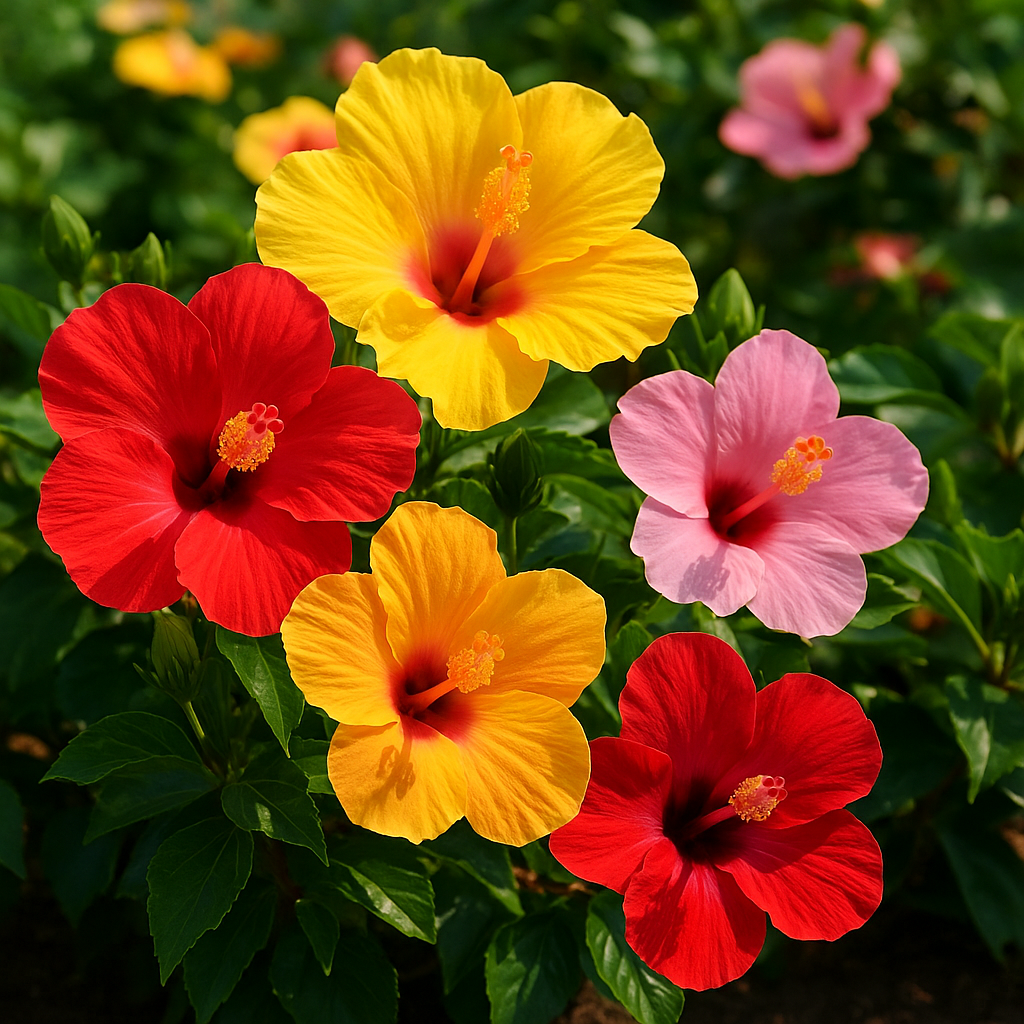韓国人参:健康と活力の伝説の根
韓国人参について
韓国人参 (Panax ginseng) は、非常に貴重な薬用ハーブであり、アダプトゲン特性と何世紀にもわたる伝統医学での使用で知られています。「活力の根」として知られ、韓国人参はエネルギー、免疫、そして全体的な健康をサポートします。
当サイトOrganicindiaseeds.comでは、高品質な韓国人参の種子を提供しており、庭師の皆様が自宅でこの伝説のハーブを栽培し、その自然な健康効果を楽しめるようにしています。

なぜ高麗人参を育てるのか?
-
健康効果:エネルギーレベル、免疫力、認知機能を高めます。
-
アダプトゲン特性:体が自然にストレスや疲労と戦うのを助けます。
-
長期的な投資:適切な管理で、数年間にわたり収穫が可能で、効力が増す根を生産します。
-
料理での利用:根はお茶、スープ、伝統的な薬に使えます。
韓国人参の植え付け時期
-
最適な植え付け時期:土壌が涼しく湿っている早春または晩秋です。
-
種子の層別処理:休眠を破るために、植え付け前に12~18ヶ月の冷層別処理が必要です。
-
最適な成長条件:原産地の森林の生息環境に似た、涼しく日陰の環境を好みます。
韓国人参の栽培場所
-
日光:部分的から完全な日陰で、理想的には樹冠の下や遮光ネットの下でよく育ちます。
-
土壌:よく排水され、有機物が豊富なローム質土壌で、やや酸性(pH 5.5~6.5)です。
-
気候:温帯気候で、寒い冬と暖かい夏に最適です。
-
コンテナまたは庭のベッド:土壌の深さが根の拡張を許す場合、盛り上げたベッドや大きなコンテナで育てることができます。
韓国人参の育て方

-
種の準備:発芽を促進するために種を12~18ヶ月間冷層処理します。
-
植え付け:種は日陰で肥沃な土壌に0.5~1インチの深さでまきます。
-
間隔:苗は根の発達を促すために6~12インチ間隔で植えます。
-
水やり:湿っていて水はけの良い土壌を維持し、過湿を避けます。
-
施肥:春と夏に有機堆肥または緩効性肥料を使用して成長を促進します。
韓国人参の育て方
-
マルチング:落ち葉マルチを厚く敷いて湿気を保持し、自然の森林土壌を再現します。
-
除草:栄養素の競合を減らすために、エリアを雑草のない状態に保ちます。
-
害虫駆除:ナメクジ、モグラ、菌病を監視し、必要に応じて有機的な処理を使用します。
-
冬のケア:人参は寒さに強いですが、厳しい冬の地域では追加のマルチングで根を保護できます。
朝鮮人参の共生植物

-
耐陰性植物:シダ、ホスタ、森林の花は自然な下層植生の生息地を提供します。
-
窒素固定植物:近くに豆類やクローバーを植えると、土壌の肥沃度が向上します。
画像配置の提案:森林の陰で育つ朝鮮人参とシダなどの共生植物の写真を含め、その自然環境を示してください。
朝鮮人参の収穫
-
収穫時期:根は通常、4~6年の栽培条件により収穫可能になります。
-
収穫方法:根を傷つけないように慎重に掘り起こし、清掃して風乾してください。
-
根の品質:古い根はより強力で価値が高いため、忍耐が重要です。
朝鮮人参に関する最終的な考察
朝鮮人参は、健康と活力のための貴重なハーブであり、アダプトゲン効果、料理への利用、そして長期的な庭の価値を提供します。高品質な種子が入手可能なOrganicindiaseeds.comで自分で朝鮮人参を育てることで、新鮮な自家栽培の根を楽しみながら、庭で古代のハーブの伝統を育むことができます。



コメントを書く
このサイトはhCaptchaによって保護されており、hCaptchaプライバシーポリシーおよび利用規約が適用されます。